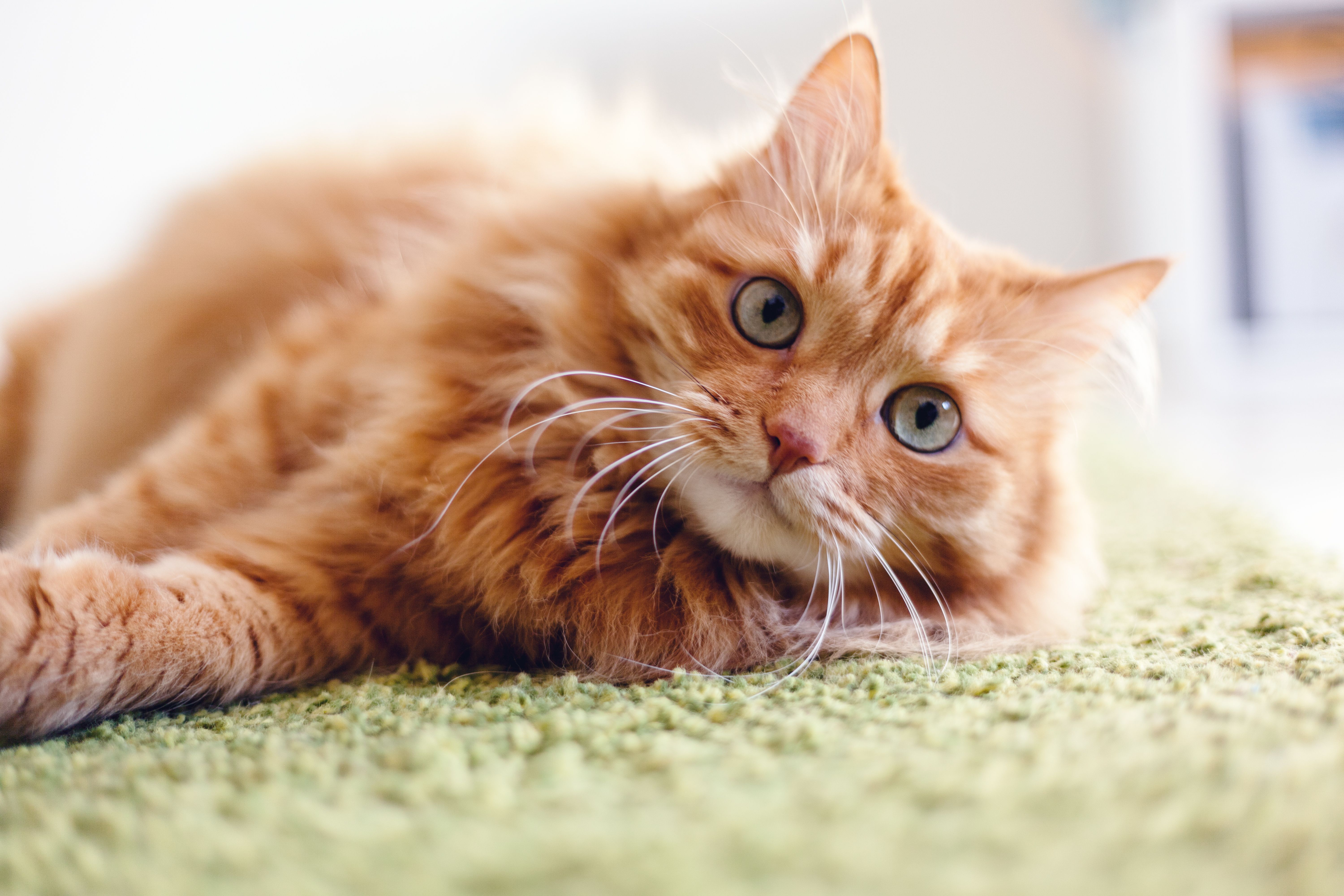3 Must-reads on feline behavior
Brush up on the latest strategies for managing and correcting nuisance behaviors in cats.
Cats are capricious creatures and analyzing their many moods can become cumbersome. Identifying whether frustrating behavior is linked to a lack of environmental enrichment, stress, or another pressing concern can put many veterinary professionals in a bind. To help, we've selected 3 articles highlighting some hallmark signs of nuisance behaviors, plus some tips and tricks to correct them.
From developing a multimodal approach for correcting feline house-soiling to eating issues related to behavior—there's something for everyone. Happy reading!
- A multimodal approach to feline house-soiling: Feline house-soiling is a complex matter according to Tammy Sadek, DVM, DABVP (Feline). To help combat this problem behavior, veterinary teams need to work closely with the client to create a comprehensive management strategy. Check out Sadek's recommendations on how to get started.
- Are we stressing out cats out?: Abnormal eating patterns in felines can sometimes be linked to anxiety—even if a cat isn't presenting with clinical signs of stress. Here's a closer look at how obesity and weight loss can be considered emotional triggers, and how to best manage them to prevent prolonged issues.
- Bad kitty? Figuring out feline nuisance behaviors: Nuisance behavior is not inherently pathological, according to animal behavioralist Chris Pachel, DVM, DACVB, CABC. Here's a closer look at how to assess a cat displaying nuisance behaviors, plus how home enrichment can help curtail these problem behaviors.
Related Content
